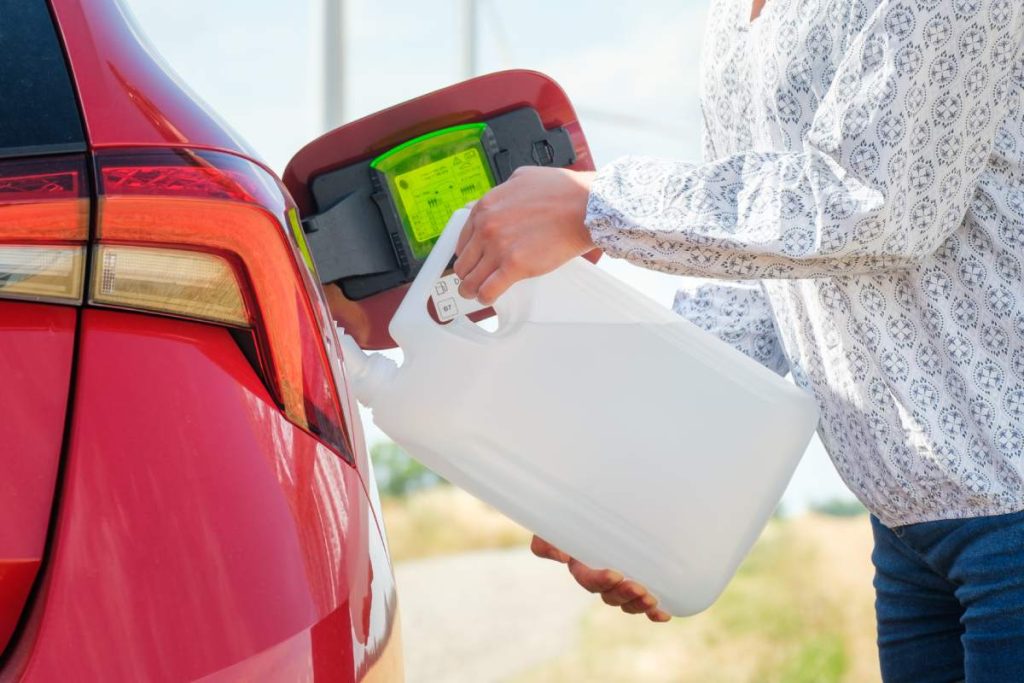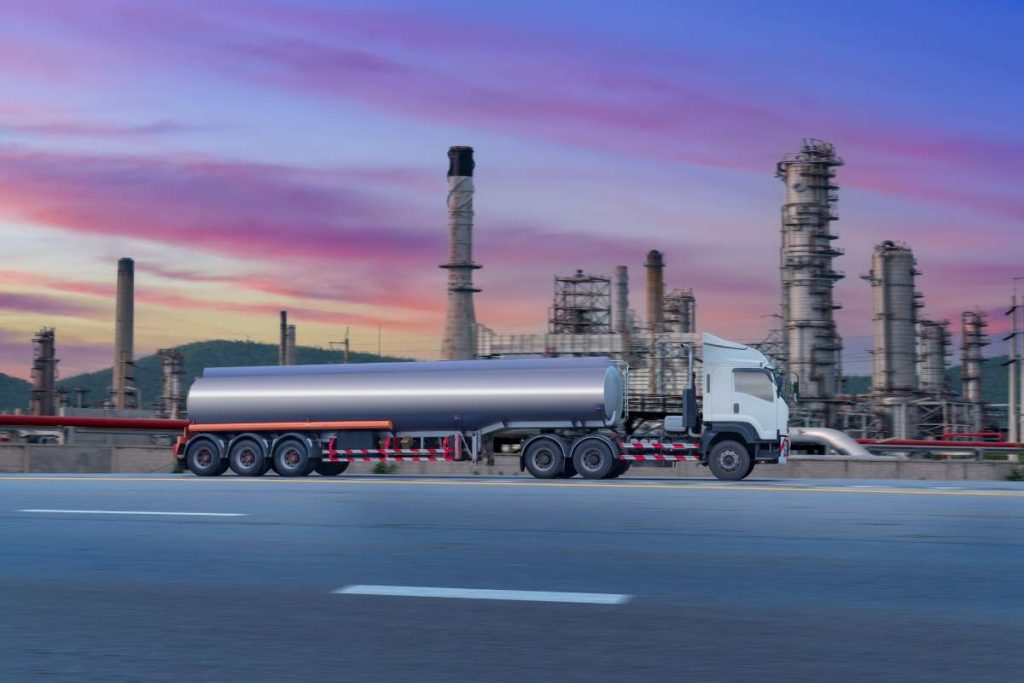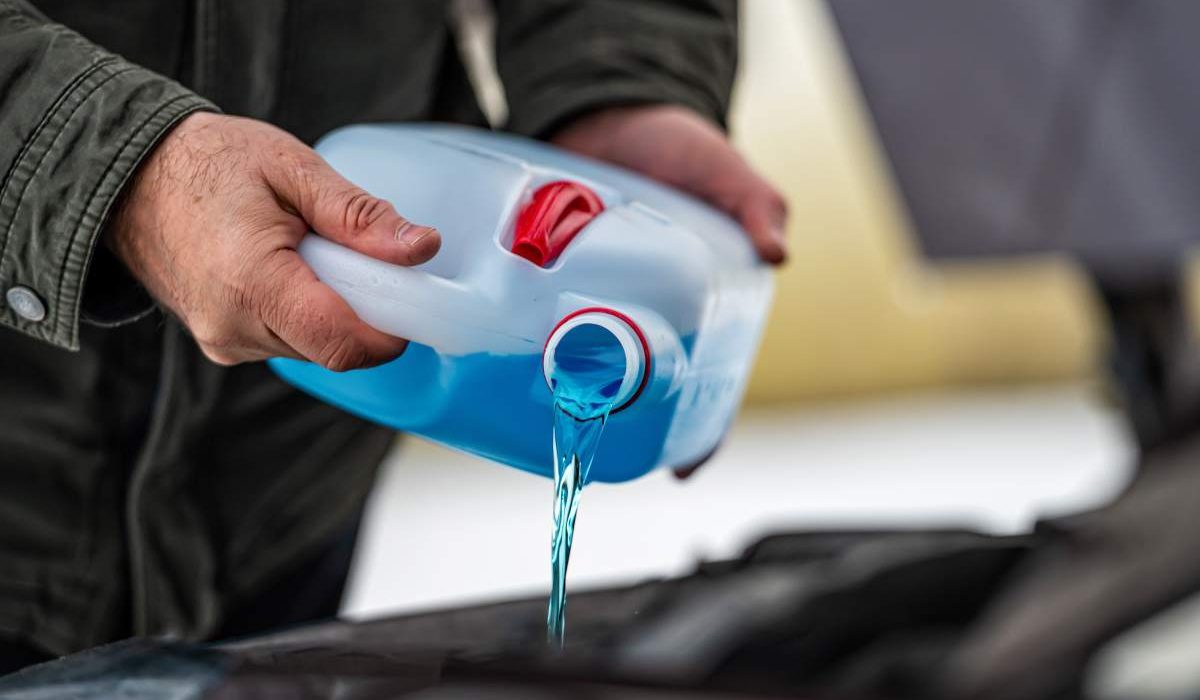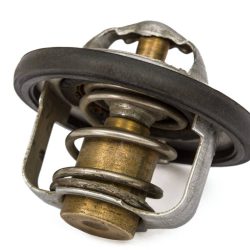AdBlue is an essential component for modern diesel vehicles equipped with Selective Catalytic Reduction (SCR) systems, designed to reduce harmful nitrogen oxide (NOx) emissions.
This fluid, a specific mixture of urea and deionized water, plays a crucial role in ensuring that vehicles meet stringent environmental regulations. However, understanding the importance of AdBlue, its proper use, and the consequences of running out or using alternatives is vital for any diesel vehicle owner.
In this article, we will explore how long AdBlue lasts, what happens if you run out, and why using substitutes like water is not an option.
You might also read:
How Long Can AdBlue Last?
A common concern among vehicle owners is how long AdBlue lasts, both in terms of shelf life and consumption.
Shelf Life of AdBlue
AdBlue has a shelf life, which refers to how long it can be stored before it starts to degrade. Under ideal conditions, AdBlue can last up to two years. However, this is dependent on storage conditions. The fluid should be kept in a cool, dry place away from direct sunlight. The ideal storage temperature is between -11°C (12°F) and 30°C (86°F). Temperatures outside this range can cause the urea in AdBlue to crystallize or degrade, reducing its effectiveness.
If AdBlue is stored in temperatures exceeding 30°C (86°F) for extended periods, it can start to degrade much faster, reducing its shelf life to about six months. On the other hand, freezing conditions don’t spoil AdBlue, but the fluid must be thawed before use, which can be inconvenient.

Usage and Consumption
The duration for which AdBlue lasts in your vehicle depends on your driving habits and the specific vehicle model. On average, a car will use about 1 to 1.5 litres of AdBlue every 600 to 1,000 kilometres (373 to 621 miles). Heavy-duty vehicles like trucks and buses may consume AdBlue at a rate of about 5% of the diesel fuel consumption.
For example, if your car consumes 6 litres of diesel per 100 kilometres and the AdBlue consumption rate is 1 litre per 1,000 kilometres, a 10-litre tank of AdBlue should last for approximately 10,000 kilometres (6,214 miles). However, this can vary based on driving conditions, vehicle load, and the efficiency of the SCR system.
Signs of Low AdBlue Levels
Most modern vehicles equipped with SCR systems will alert you when AdBlue levels are low. A dashboard warning light will typically illuminate when the fluid needs topping up. It’s important not to ignore this warning, as running out of AdBlue can cause the vehicle to enter a “limp mode,” where engine performance is significantly reduced. In some cases, the vehicle may not restart until the AdBlue tank is refilled.
Tips for Managing AdBlue
To ensure you’re never caught off guard by low AdBlue levels, it’s wise to check your vehicle’s AdBlue level regularly, especially before long trips. Many service stations and automotive shops sell AdBlue in containers ranging from 1 litre to 10 litres, so it’s easy to keep some on hand.
Additionally, be cautious when purchasing AdBlue. Make sure it meets the ISO 22241 standard, which ensures the fluid’s purity and quality. Using contaminated or low-quality AdBlue can damage the SCR system and lead to costly repairs.
What Happens If You Run Out of AdBlue?
If you run out of AdBlue, your vehicle’s performance and functionality can be significantly impacted. AdBlue is essential for diesel vehicles equipped with a Selective Catalytic Reduction (SCR) system, which reduces harmful nitrogen oxide (NOx) emissions.
Here’s what you can expect if you run out of AdBlue:
Immediate Impact
- Warning Alerts: Modern vehicles with SCR systems are equipped with sensors that monitor AdBlue levels. As the AdBlue level drops, you’ll first receive a warning on the dashboard, typically accompanied by an amber warning light. This is your signal to top up the AdBlue tank as soon as possible.
- Reduced Engine Performance: If you ignore the warning and continue driving until the AdBlue is completely depleted, your vehicle will likely enter a “limp mode.” In this mode, engine power is reduced to limit the vehicle’s speed and performance, helping to minimize emissions while driving. This is designed to encourage the driver to refill the AdBlue tank promptly.
- Non-Starting Condition: In some vehicles, if you run out of AdBlue entirely, the engine may not restart after you turn it off. This is a built-in safety feature to prevent the vehicle from operating without the SCR system functioning, as running the engine without AdBlue would result in excessive NOx emissions, which are harmful to the environment and violate emissions regulations.

Legal and Environmental Consequences
Driving without AdBlue not only affects your vehicle’s performance but also has legal implications. Diesel vehicles with SCR systems are required to meet stringent emissions standards. Without AdBlue, your vehicle cannot effectively reduce NOx emissions, which means it would be non-compliant with these regulations. This could potentially lead to fines or penalties, especially if your vehicle is inspected or tested for emissions.
What to Do If You Run Out of AdBlue
If you find yourself with an empty AdBlue tank, the best course of action is to refill it as soon as possible. AdBlue is widely available at most service stations, automotive shops, and even some supermarkets. It’s typically sold in containers ranging from 1 to 10 liters. Some trucks and larger vehicles may have dedicated AdBlue pumps at fuel stations.
- Refill the Tank: Once you’ve added AdBlue to the tank, the vehicle’s system should recognize the refill automatically. In most cases, the warning light will go off, and the vehicle will return to normal operation.
- Restarting the Engine: If your vehicle doesn’t start due to a lack of AdBlue, adding the fluid should resolve the issue. After refilling, allow the system a moment to detect the presence of AdBlue, and then try restarting the engine.
Preventive Measures
To avoid the inconvenience of running out of AdBlue, it’s important to monitor the fluid levels regularly, especially if you drive long distances or carry heavy loads. Some vehicles provide an estimated range for how long the remaining AdBlue will last, so use this as a guide to plan your refills.

Can You Use Water Instead of AdBlue?
It’s not that we don’t recommend but no, you should never use water instead of AdBlue. AdBlue is a carefully formulated solution of 32.5% high-purity urea and 67.5% deionized water, designed specifically for use in diesel vehicles equipped with Selective Catalytic Reduction (SCR) systems.
Using water instead of AdBlue can cause serious damage to your vehicle’s SCR system and lead to a range of issues. Here’s why:
Why Water Won’t Work
- Chemical Composition: AdBlue’s composition is critical to its function. The urea in AdBlue breaks down into ammonia when heated, which is then used to convert harmful nitrogen oxides (NOx) in the exhaust into harmless nitrogen and water. Water alone lacks this urea, meaning it cannot perform the chemical reactions needed to reduce NOx emissions.
- SCR System Damage: The SCR system is specifically designed to work with AdBlue. If you fill the AdBlue tank with water, it can cause the system to malfunction. The water can corrode or damage the sensitive components of the SCR system, including injectors and sensors, leading to costly repairs.
- Engine Performance Issues: Without AdBlue, the SCR system cannot reduce NOx emissions effectively. This can cause the vehicle to enter “limp mode,” where engine power is reduced to minimize emissions. In some cases, the vehicle may refuse to start or may stop running properly until the AdBlue tank is refilled with the correct fluid.
- Environmental and Legal Consequences: Using water instead of AdBlue means your vehicle will emit higher levels of NOx, which are harmful to the environment and contribute to air pollution. Moreover, this could result in your vehicle being non-compliant with emissions regulations, potentially leading to fines or penalties.
What to Do Instead
If you find yourself low on AdBlue and unable to refill immediately, it’s better to top up with the correct fluid as soon as possible. AdBlue is widely available at service stations, automotive shops, and even some supermarkets. It’s essential to use only certified AdBlue that meets the ISO 22241 standard, ensuring it’s pure and free from contaminants that could damage your vehicle’s SCR system.
Substituting water for AdBlue is not an option and can lead to severe damage to your vehicle’s SCR system, reduced engine performance, and legal or environmental issues.
Though you cannot fill in water instead of AdBlue, you can find the best and most affordable AdBlue at EcoBlue.com, Australia’s leading supplier of AdBlue, a vital solution for modern diesel engines that significantly reduces harmful emissions.
Always use the correct AdBlue fluid to ensure your vehicle runs smoothly, remains compliant with emissions regulations, and avoids unnecessary repairs.
Conclusion
AdBlue is more than just a fluid; it’s a critical part of your vehicle’s emissions control system. Proper use and timely refills are essential to keep your vehicle running efficiently and within legal emissions limits.
Running out of AdBlue or substituting it with water can lead to significant vehicle damage, reduced performance, and environmental harm. By understanding how AdBlue works and its importance, you can avoid costly repairs, ensure compliance with emissions standards, and contribute to a cleaner environment.















